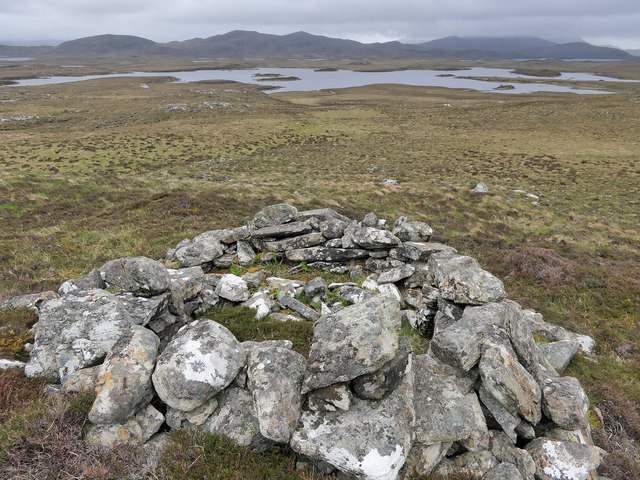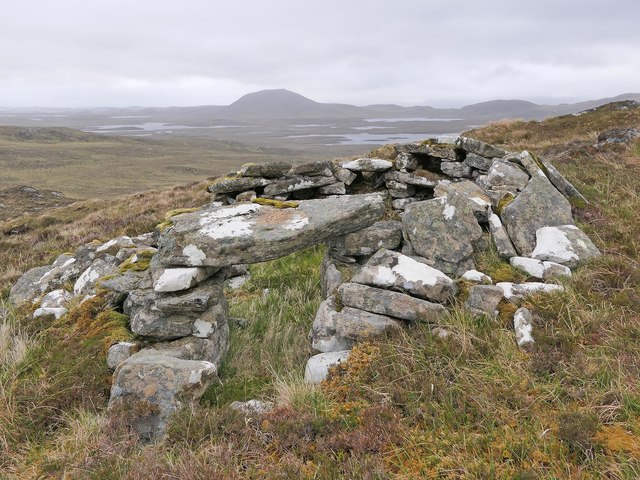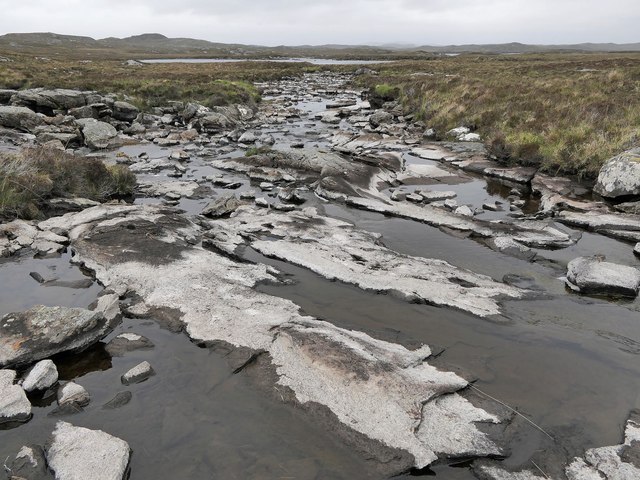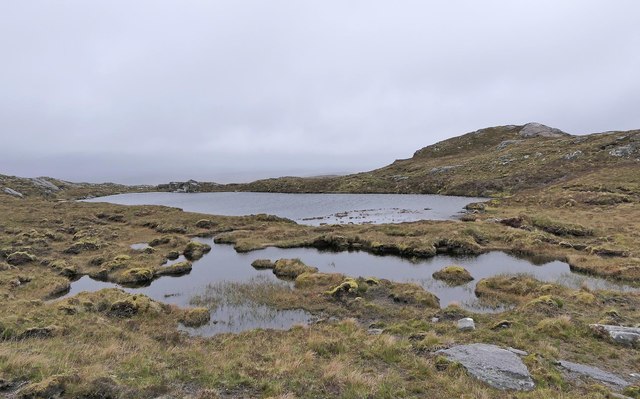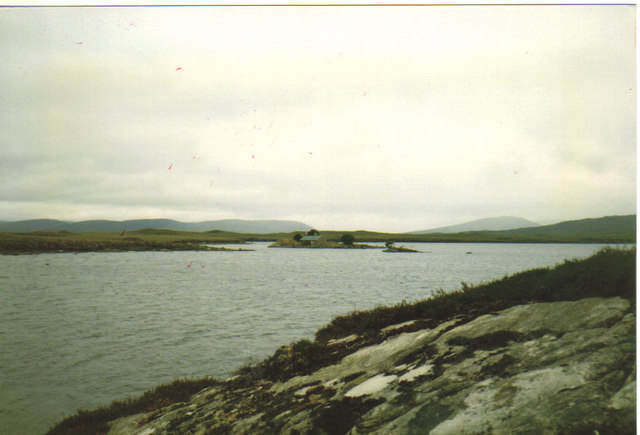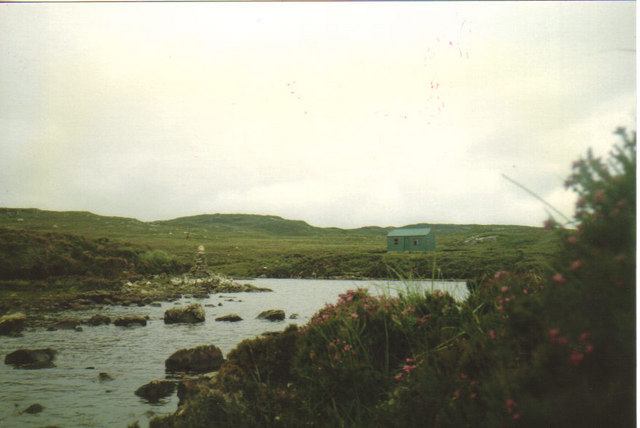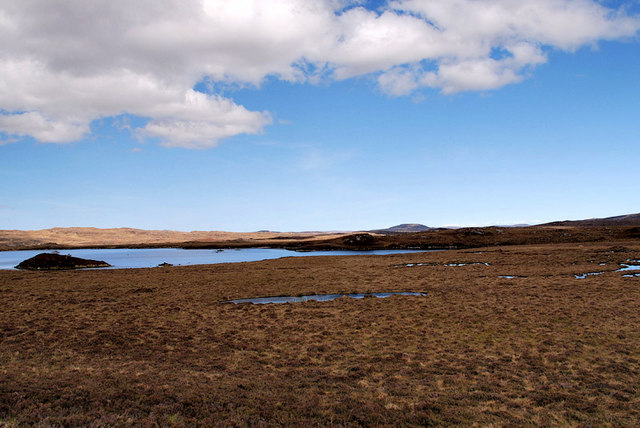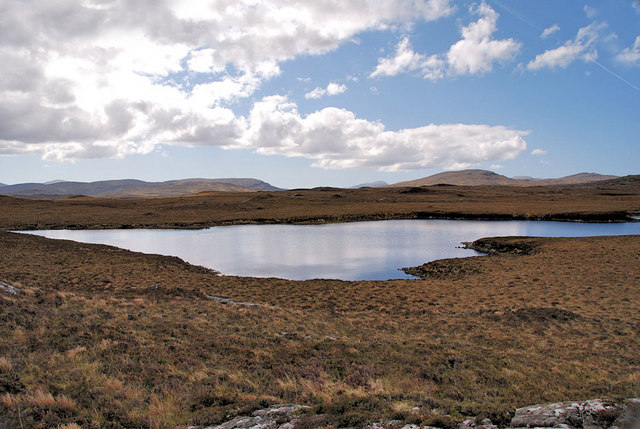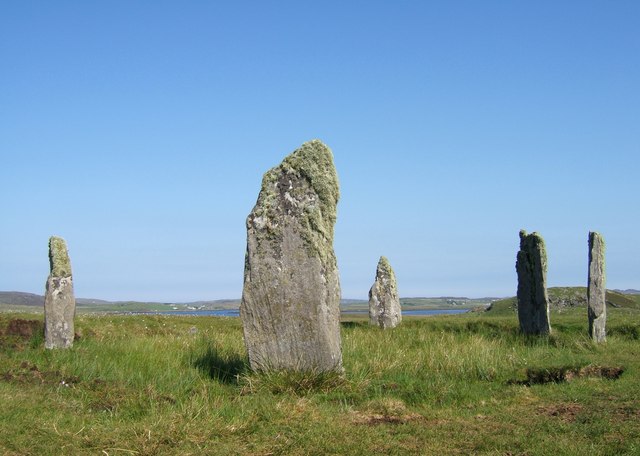Àirigh Cnoc Corrach Cul na Beinne
Hill, Mountain in Ross-shire
Scotland
Àirigh Cnoc Corrach Cul na Beinne
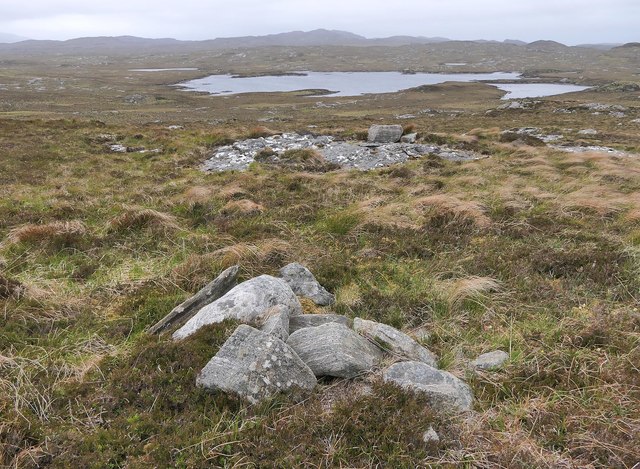
Àirigh Cnoc Corrach Cul na Beinne is a prominent hill located in Ross-shire, Scotland. Situated amidst the breathtaking Scottish Highlands, the hill offers stunning panoramic views of the surrounding landscapes. With an elevation of approximately 1,600 feet, it stands tall as an impressive natural landmark in the area.
The hill is characterized by its rugged terrain, with rocky slopes and grassy patches covering its surface. It is a popular destination for hikers and nature enthusiasts, offering a challenging yet rewarding climb. The ascent to the summit is moderately difficult, requiring a certain level of physical fitness and endurance.
Once at the top, visitors are treated to breathtaking vistas of the surrounding mountains, valleys, and lochs. On clear days, it is possible to see as far as the Isle of Skye and the Outer Hebrides. The hill also boasts a diverse range of flora and fauna, with heather, wildflowers, and various bird species being commonly spotted.
Àirigh Cnoc Corrach Cul na Beinne is a place of tranquility and natural beauty, providing a peaceful escape from the hustle and bustle of everyday life. It serves as a reminder of the untamed wilderness that Scotland is renowned for. Whether it is for a challenging hike, a quiet picnic, or simply to soak in the awe-inspiring views, this hill offers a unique and unforgettable experience for all who venture to its summit.
If you have any feedback on the listing, please let us know in the comments section below.
Àirigh Cnoc Corrach Cul na Beinne Images
Images are sourced within 2km of 58.111641/-6.7525926 or Grid Reference NB2023. Thanks to Geograph Open Source API. All images are credited.
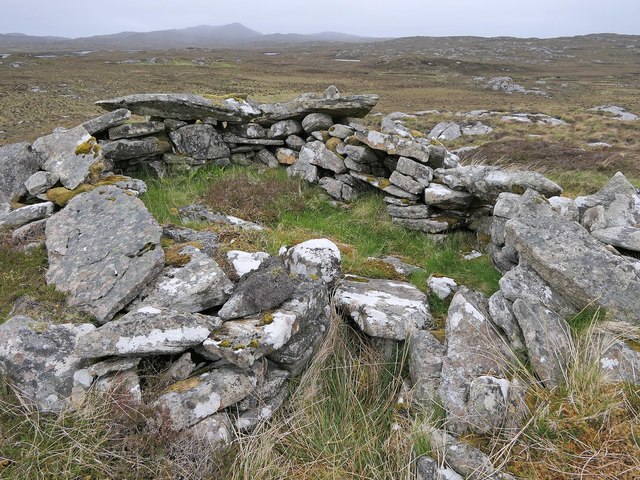
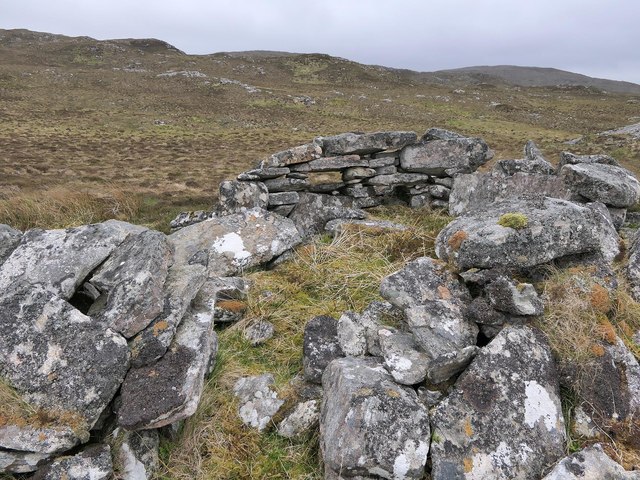
Àirigh Cnoc Corrach Cul na Beinne is located at Grid Ref: NB2023 (Lat: 58.111641, Lng: -6.7525926)
Unitary Authority: Na h-Eileanan an Iar
Police Authority: Highlands and Islands
What 3 Words
///bead.sample.trouble. Near Leurbost, Na h-Eileanan Siar
Related Wikis
Eilean Mòr, Loch Langavat
Eilean Mòr is an island in Loch Langavat on the Isle of Lewis in the Outer Hebrides of Scotland. == Footnotes ==
Airidh a' Bhruaich
Airidh a' Bhruaich (Arivruaich - anglicised) is a scattered crofting township in the South Lochs district of the Isle of Lewis in the Outer Hebrides of...
Callanish IV
The Callanish IV stone circle (Scottish Gaelic: Ceann Hulavig) is one of many megalithic structures around the better-known (and larger) Calanais I on...
Gisla Hydro-Electric Scheme
Gisla Hydro-Electric Scheme was a small scheme promoted by the North of Scotland Hydro-Electric Board on the Isle of Lewis, Outer Hebrides, Scotland. It...
Nearby Amenities
Located within 500m of 58.111641,-6.7525926Have you been to Àirigh Cnoc Corrach Cul na Beinne?
Leave your review of Àirigh Cnoc Corrach Cul na Beinne below (or comments, questions and feedback).
